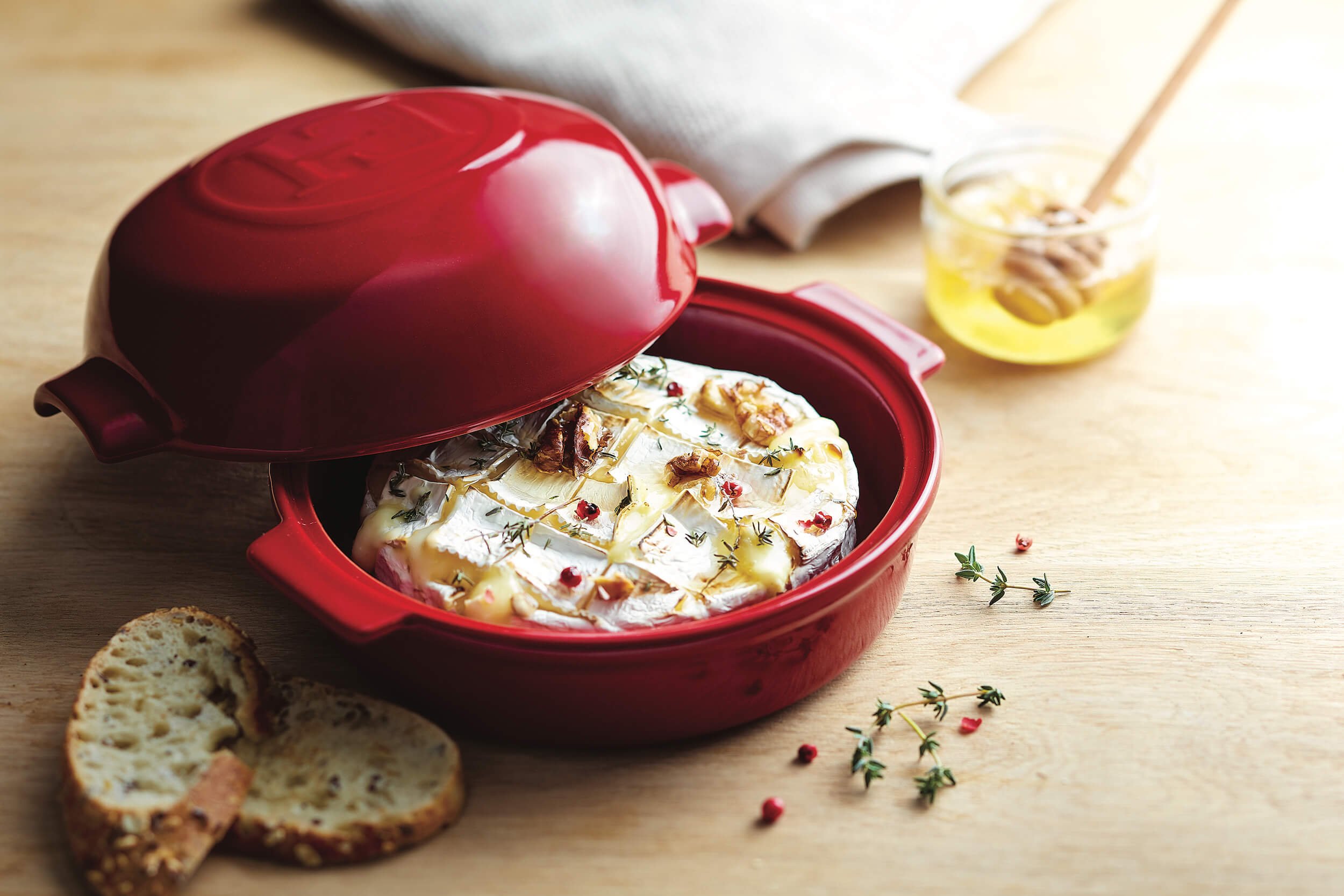While I love going out for Japanese food, I would never make it at home. And neither would Eric Gower, the "Breakaway Cook". At a recent dinner and cooking demonstration the cookbook author and private chef explained that when he lived in Japan he could get all the great Japanese food he wanted eating out, but Japanese ingredients intrigued him just the same. So he experimented and came up with a new style of cooking.
The Breakaway Cook is a cookbook that uses lots of ingredients that might be considered exotic, including many Japanese ingredients but uses them in simple, accessible ways. Before taking on the recipes you'll want to hunt down ingredients like maccha (green tea powder), umeboshi (pickled plum) miso (fermented soy bean paste) and yuzu juice (citron). Gower also uses other "flavor blast" ingredients that aren't Japanese like one of my favorites, pomegranate molasses.
You can check out recipes for Five Flavored Salts, Crispy Tangy Tofu, Matcha Poached Eggs, and more here. His non-Japanese ingredient recipes are terrific too, I tried his tip for folding yogurt into scrambled eggs and loved it.
On the other end of the spectrum is Iron Chef Morimoto. The only holdover from the original and truly wacky Japanese version of the Iron Chef show who also stars in the American version. If you've ever seen him in action you've had to wonder, how did he make some of those challenge-winning recipes? In the new book Morimoto The New Art of Japanese Cooking, you can find out. His recipes also use Japanese ingredients but often in very unusual ways.
Sadly many of the ingredients such as kinki fish, Japanese soy lecithin sheets and live abalone, and techniques like cold smoking and using co2 canisters are likely to be inaccessible to the home cook. But the book is inspiring nonetheless and many of the recipes aren't nearly as daunting. Recipes like Sushi Rice Risotto, Morimoto Bouillabaisse, and Bagna Cauda with Crab Naan and Eggplant Shigiyaki (a kind of eggplant parmesan with mozzarella and red miso sauce) all merge Japanese ingredients with Italian, French and even Indian classics. In addition to the restaurant style of many of the recipes, the book also features several recipes made on Iron Chef, which were originally accomplished in under one hour.
FOOD





